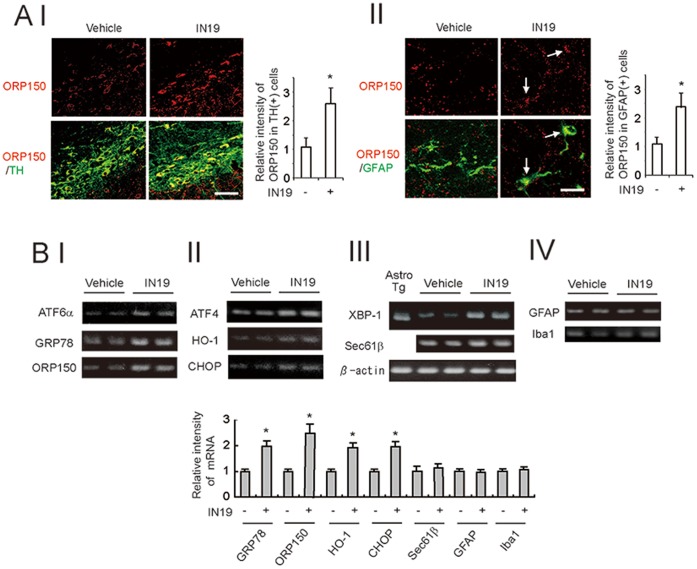Figure 5. UPR in the brain after tangeretin (IN19) administration.
A, UPR activation in dopaminergic neurons (I) and astrocytes (II) by IN19. Brain sections, including SN from wild-type mice administered or not administered IN19 for 2 weeks (4 times/week) were immunostained with the ORP150, TH, and GFAP antibodies. The relative intensity of ORP150 in the TH-positive cells (I) or the GFAP-positive cells (II) is shown in the graph. The intensity of the signals derived from vehicle-administered mice is designated as one. Values shown are the mean ± S.D. *P<0.05, compared between vehicle- and IN19-administered mice (n = 4). Scale bars = 30 µm (I), 20 µm (II). B, Gene expression in the UPR branches and gliosis after IN19 administration. Total RNA (1 µg) isolated from brain samples, including the ventral midbrain, with or without IN19 administration was subjected to RT-PCR with specific primers for ATF6α-related genes (I), ATF4-related genes (II), XBP1-related genes and β-actin (III), gliosis-related genes (IV). The far left lane in (III) indicates the unspliced and spliced form of the XBP1 from cultured astrocytes treated with thapsigargin (an ER stressor). Note that XBP-1 transcripts were upregulated by IN19 administration, but they were not activated. The relative intensity of the bands derived from mice without IN19 administration is designated as one. Values shown are the mean ± S.D. *P<0.05, **P<0.01 compared with mice not administered MPTP/P (n = 4).

